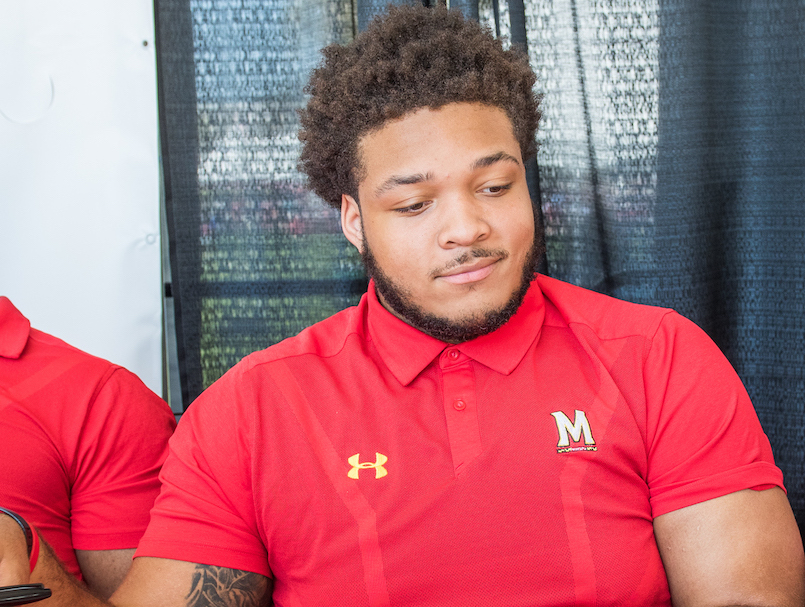Views expressed in opinion columns are the author’s own.
Last week, nearly four months after Maryland football player Jordan McNair collapsed on the field at a team practice and suffered fatal heatstroke, university officials and the firm enlisted to conduct an external investigation into his death delivered their findings.
They concluded there were massive deficiencies on the part of on-site personnel — most notably, a failure to assess McNair’s vital signs, an ignorance of basic treatment strategies for heatstroke, and an apparent inability to give accurate directions to the ambulance that responded to their 911 call. The call itself was not placed until an hour and seven minutes after McNair first exhibited the warning signs of a medical emergency.
[Read more: “A deep loss”: Following the death of Maryland football’s Jordan McNair]
Since the May 29 workout — and most definitely after McNair’s June 13 death — this matter has demanded nothing but the highest level of honesty, accountability, and transparency from athletic officials and the administration. And time and time again, the university has let the public down.
Early on, university officials seemed to characterize McNair’s death as tragic but blameless. Damon Evans, at the time the interim athletic director (he was named permanent athletic director June 25), said in mid-June that McNair had been immediately taken by training staff to the field house. He explained to parents of other Maryland football players later that same month that the program had obeyed protocols and — in the words of one parent — that “everything that could have been done was done.”
We now know, thanks to Friday’s report, that those assertions, made by Evans repeatedly and deliberately to various audiences, were false. Half an hour elapsed between when McNair first began to receive treatment on the field and when he was taken to the field house, and the staff failed at multiple points to utilize best practices for the workout and in response to McNair’s deteriorating medical condition.
Yet it was only after a bombshell ESPN report drew national attention to the story that university President Wallace Loh finally held a press conference Aug. 14 to accept “legal and moral responsibility” on behalf of the university, and Evans began to set the record straight on the workout timeline.
That move, a full 77 days after the fateful workout, did little to dispel the notion among many on campus that Loh’s chief concern is public relations and the reputation of the university, especially when scandal strikes. As cameras descend on the University of Maryland, he can be appropriately sympathetic and contrite — yet few things actually change.
Even now, many of the officials complicit in the death of a Maryland student remain on the university’s payroll, shielded by a sluggish administration unwilling to confront mounting evidence of malfeasance and well-heeled donors who care more about protecting their friends than player safety.
DJ Durkin, the head football coach alleged to have facilitated an abusive culture there; Wes Robinson, the head athletic trainer who reportedly yelled to “drag [McNair’s] ass across the field” after he started feeling unwell; and Loh, who is ultimately responsible for overseeing the football program, all remain employed, with the first two on administrative leave.
And all this is to say nothing of the manner in which the report’s findings were announced: at a press conference at 5:30 p.m. on a Friday, and in an email to the university’s email list two hours later. There are few approaches more conducive to burying a story than releasing it on a Friday night, as the University of Maryland and Board of Regents well know.
With the release of the second report — investigating the culture of the football program generally — personnel decisions will at last be made. Perhaps then, the university and Board of Regents will take their commitment to transparency more seriously.
For too long, the university has failed to deliver on promises of transparency and honesty and the standards of accountability that our university community deserves. Now, the window is closing on them to change course.
This much is clear: Durkin and Robinson must be fired, and Loh and Evans must resign. Then students, university leaders, and officials at the athletic programs will have a fresh start to collaboratively improve the football program’s culture, hire coaches and staff who treat athletes with respect, and make our university one that we can all be proud of.
David Pontious is a junior government and politics major. He can be reached at dpontiou@umd.edu.



